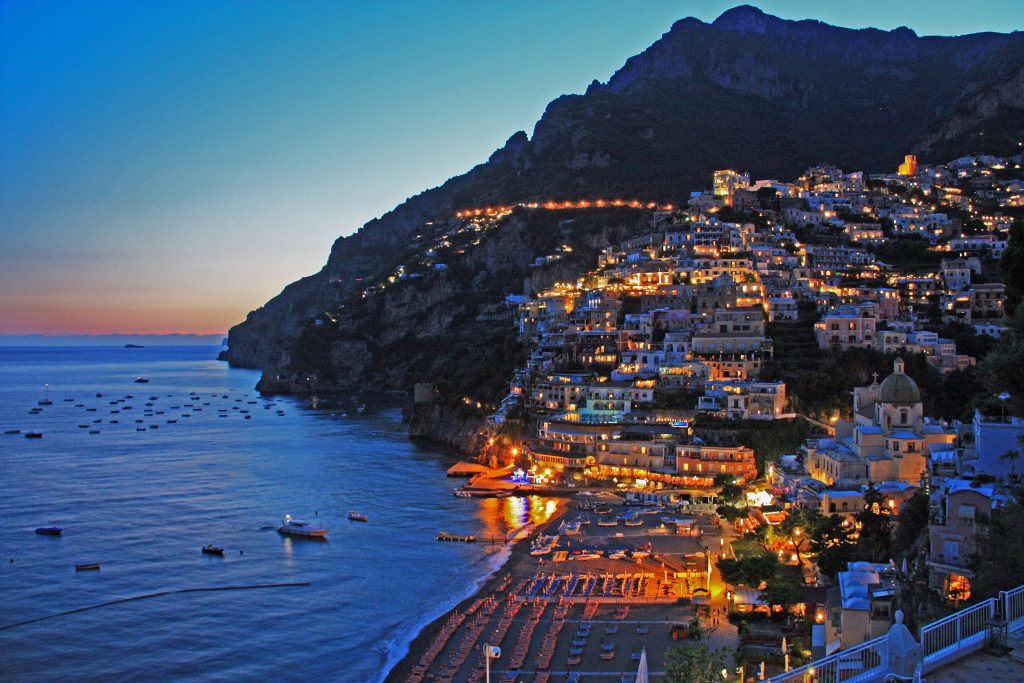
- ARAB NEWS
- 12 Jul 2025

Ibn Battuta once said: “Traveling — it leaves you speechless, then turns you into a storyteller.” There is nothing more exhilarating than embarking on a new trip to somewhere you have been coveting for a while; from nature retreats to bustling cities and island getaways to cabins in the wild. Such experiences are enough to fill an animated afternoon with loved ones, describing the many unforgettable moments and unique tales you have amassed. Traveling leaves you richer, imbuing you with certain sensations, experiences and savoir faire.
However, the world is still on lockdown due to the coronavirus pandemic, with travel restrictions imposed all around the world. So I try to console myself with alternative ways of enjoying my favorite recreational activity. Perhaps the best way to savor the beauty of travel is to nestle with an array of indoor travel activities. Thankfully, as I started searching for some validity for my inspiration, a number of research papers popped up to support it.
In 2014, the journal Psychological Science published a paper by researchers Amit Kumar, Matthew Killingsworth and Thomas Gilovich on the value of anticipating experiences and their effect on our happiness. The study finds that spending money on experiences, in general, makes us happier than material possessions. Interestingly, when we look forward to experiencing something in the future, we also experience a certain ecstasy and joy until that moment transpires.
So I try to use this insight and reimagine how I can savor travel experiences while staying indoors. As I write this, a YouTube video is playing on my TV featuring a two-hour walking tour of the mesmerizing Positano, a cliffside village on the south coast of Italy. Almost instantly, I am enthralled by its beauty and it paints a smile on my face. The video is aptly shot in the summer and the walk starts from the top of the cliff, before going down to the beach. With the descent, you can delight in the splash of hot pink bougainvillea, purple wisteria and other gorgeous flora adorning the peach, yellow and cherry-colored homes. Souvenir shops hold intricate sea blue or lemon-embossed ceramic tiles, chic beach attire and refreshing lemon sorbet stalls. All along the walk, you can cast your eyes on the shimmering sea and the best spots usually boast a cafe or restaurant. The beach is something ethereal, with a gorgeous panorama of the colorful village, care-free revelers, seaside restaurants, and boats lined up to whisk you away on adventure around the Amalfi Coast.
My curiosity got the better of me and I unearthed a travel article on Positano written by John Steinbeck in Harper’s Bazaar. The American writer visited the village for the first time in 1953 and lovingly described it as “a dream place that isn’t quite real when you are there and becomes beckoningly real after you have gone.” Reading this exquisite piece is a joy in itself, as the writer shares the fascinating tales that can only be told after a trip somewhere this magical. We learn about the amusing way he reaches the village amid narrow lanes overlooking perilous steps, the history of Positano as it dealt with pirates and merchants, the strength of character of its locals, their many trades, which include lacemaking and shoemaking, and how the village was built over the millennia. Steinbeck had stayed at Le Sirenuse — a former summer house owned by four Neapolitan marquises and turned into an enchanting hotel overlooking the sea. Perhaps its most prized treat is La Sponda restaurant, which is gorgeously decorated with grape arbors running up the ceiling and is lit with 400 candles at night. Pictures of the outdoor terrace at sunset are enough for me to file it in the “Future Holidays” album on my phone.
I also make a reading list of interesting travel books. A good book can give you a taste of the many delicacies a country has to offer. To illustrate this, I am currently reading “Istanbul: The Collected Traveler — An Inspired Companion Guide” by Barrie Kerper. It is nothing short of spellbinding. This collection of essays takes readers on an eclectic journey covering the history of the Byzantine Empire, Ottoman art, the Turkish rose, the culinary scene, and so much more. The writings are so vivid that I feel a storyteller is sitting right across from me and enthralling me with mystical tales.
Pictures of the outdoor terrace at sunset are enough for me to file it in the ‘Future Holidays’ album on my phone.
Sara Al-Mulla
Another advantage of reading these detailed essays is going beyond the typical sightseeing itineraries and broadening our horizons, understanding the nuances of other cultures, and building a repertoire that appreciates beauty in all its forms. Other books on my bookshelf include Kerper’s collections on Paris and Tuscany, US TV host and travel guide Rick Steves’ “Postcards from Europe,” philosopher Alain de Botton’s “The Art of Travel,” and writer Helen Russell’s “The Year of Living Danishly.” Steves also hosts a “Daily Dose of Europe” on his blog, wherein he shares special experiences and memories from his trips.
Watching travel shows, reading travel books, connecting with travel writers, and planning future holidays are some of the ways we can successfully keep our wanderlust alive during lockdown.